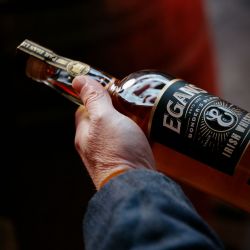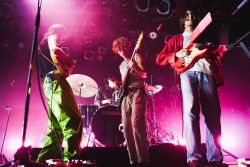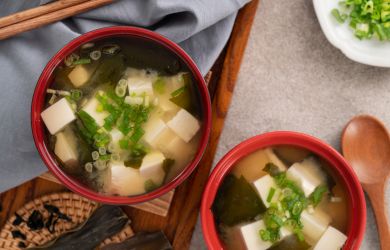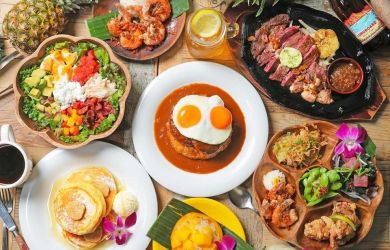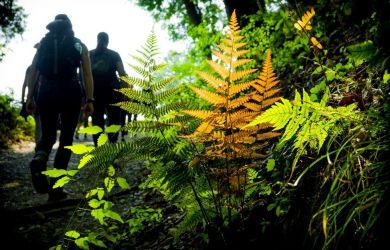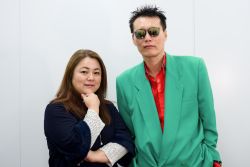
November 7, 2012
Shinno-sai Festival
Celebrate the god of medicine at Osaka’s year-end festival
By Metropolis
Originally published on metropolis.co.jp on November 2012



Twenty minutes by foot from the city center, or a five-minute train ride from Osaka station, Shinno-sai is held annually November 22-23. It’s also known as the Tome-no-matsuri (“The End Festival”), as it’s Osaka’s last hurrah of the calendar year.
Shinno-sai is hosted by the Sukunahikona Shrine that enshrines Shinno, the Chinese god of medicine and Sukunahikona-no-mikoto, the Japanese one. Shinno also means “divine farmer,” referring to the Shinno Emperor’s teachings on agriculture and medicine.
Sukunahikona shrine would be easily missed if not for its torii (gate). Due to its location in the middle of Osaka’s office area, this festival isn’t as big as your typical Japanese festivals. Nonetheless, with the cool fall wind and the row of golden-leaved ginkgo trees on Sakaisuji-street, it’s good for a relaxed, and culture-rich Japanese autumn. With the street in front of the shrine lined with stalls, you can always get something warm to eat while enjoying the festive atmosphere.
Shinno-sai is held along Doshomachi street, famously known as the “medicine town.” Consequently, the business representatives who come to the temple to pray for health and prosperity are usually from the pharmaceutical industry. Even on a non-festive day, commuters will often stop and bow in front of the shrine to pay their quick respects.
A shrine symbol is the tiger amulet, or Hariko-no-Tora. This paper amulet shaped as the large cat is distributed as a keepsake and said to prevent its owner from ill health. This tradition was started in the early 19th century when an epidemic of cholera struck Osaka and those who had the amulets reportedly survived the disease.
While you’re there, drop by the Museum of Medicine just beside the shrine, a small exhibition of medical objects dating back centuries. Though the explanations are only in Japanese, scope out the tools and guess their functions, before returning to the festive street and the healing autumn air.
Want more? See JapanTourist.jp for thousands more pieces on travel in Japan
